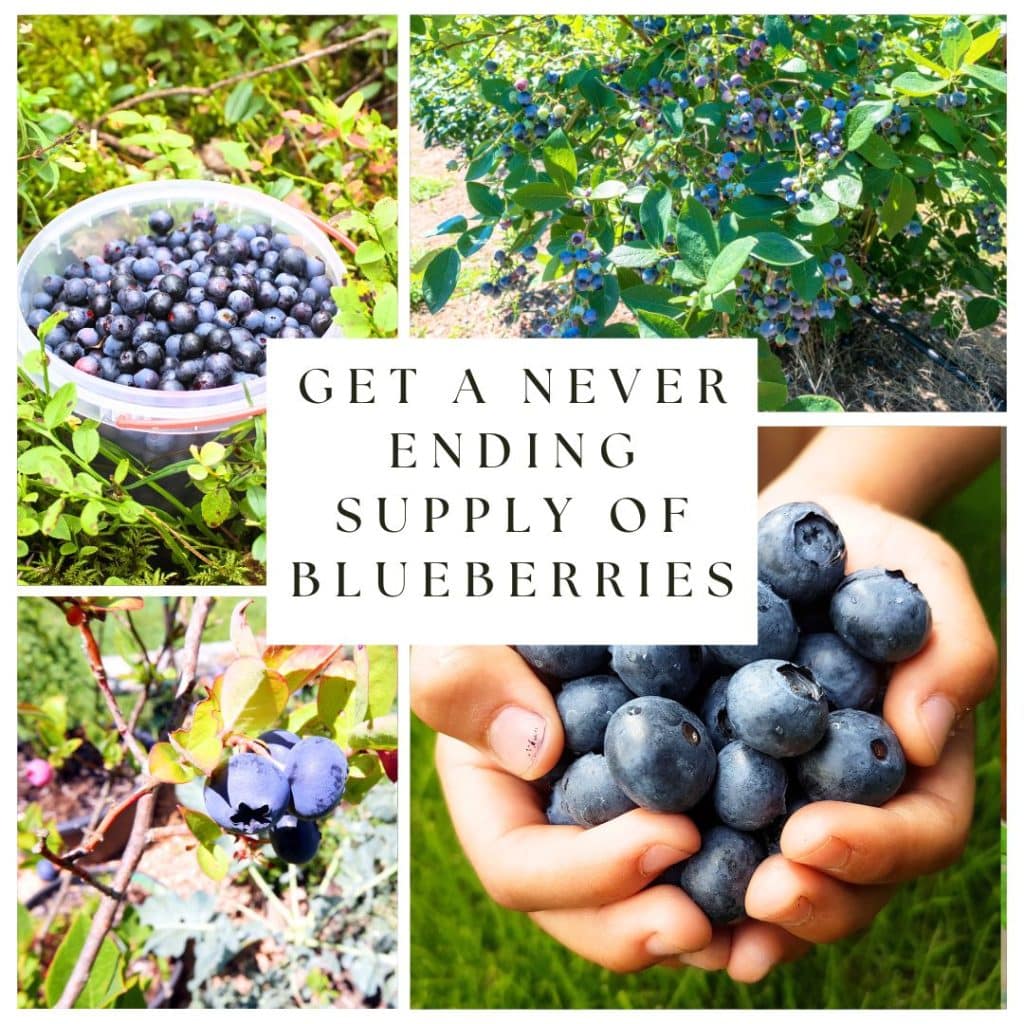
Have you ever scooped up a pint of fresh blueberries, only to find yourself craving more and more each week? I’ve been there, and the grocery bill adds up faster than you’d think.
Luckily, I discovered a clever method for growing an endless bounty of blueberries right in my own backyard. Let’s dive in together!
Why Grow Your Own Blueberries?
If you’re anything like me, you absolutely adore blueberries. They’re sweet, they’re healthy, and they fit nicely into everything from morning oatmeal to evening desserts.
But as delicious as store-bought berries are, they can also be pricey. One tiny container doesn’t last very long, especially if you’re adding them to pancakes or fruit salads daily.
By growing your own, you’ll have an almost unlimited supply for a fraction of the cost. Not only will you save money, you’ll also get peace of mind knowing your fruit is truly fresh and free from unwanted chemicals.
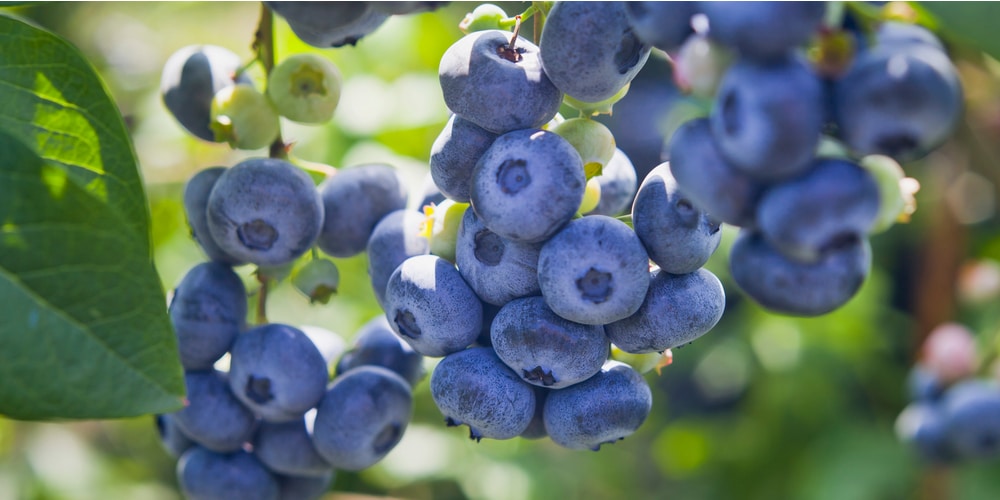
Blueberries boast a ton of nutritional value. They’re packed with antioxidants that support brain function, vitamins that keep your immune system strong, and fiber for healthy digestion.
Beyond their health benefits, homegrown blueberries bring a splash of beauty to your garden. They bloom with lovely white blossoms in spring, develop lush green foliage in the summer, and then turn a stunning red in the fall.
I remember the moment I first spotted bright white blossoms on my bushes. I knew I was on the brink of a tasty, low-maintenance fruit harvest that would keep on giving.
Ready to get started? Let’s explore the simple techniques and clever tips that helped me produce more blueberries than I could ever eat all by myself.
The Clever Method: Simple Steps to Start Your Never-Ending Supply
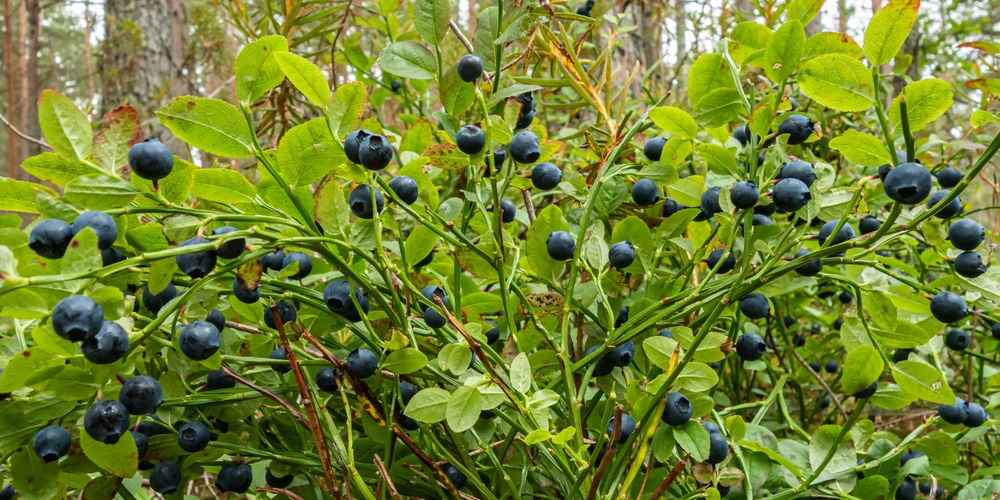
Getting a continuous harvest of blueberries doesn’t have to be complicated. All you really need are the right blueberry varieties, the proper soil conditions, and a little patience.
Step 1: Pick Your Varieties Wisely
Blueberries come in early, mid, and late-season varieties. Plant at least one variety of each to stretch your harvest from early summer all the way into fall. Try pairing an early variety like Duke with a mid-season like Bluecrop and a late-season like Elliott. You’ll have a longer picking window and a near-continuous flow of fresh berries.
Step 2: Prepare Acidic Soil
Blueberries crave acidic soil, ideally in the pH range of 4.5 to 5.5. You can test your soil’s pH using a acidic soil test kit. If it’s not acidic enough, mix in peat moss or sulfur to get the pH right where you need it.
Step 3: Ensure Enough Sunlight
Position your plants in a spot that receives at least six hours of direct sun each day. More sunlight generally means sweeter, tastier berries.
Step 4: Water Deeply
Set up a regular watering schedule, at least once or twice a week. I love using a soaker hose to deliver water directly to the roots without wasting too much. This method keeps the soil evenly moist, which is perfect for developing juicy berries.
Step 5: Give Them Space
Plant your blueberry bushes around 3-4 feet apart. That way, they have enough room to grow and plenty of airflow to help prevent disease.
Extending the Harvest with Different Varieties
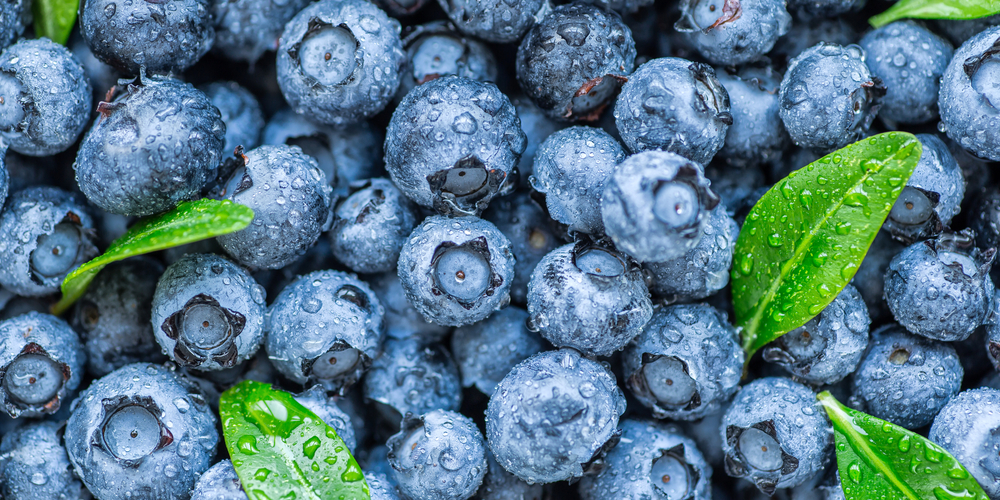
The magic of a never-ending supply comes from selecting multiple varieties that ripen at various times.
Early-season blueberries like Patriot start producing in late spring, while mid-season gems such as Bluecrop or Legacy take over in mid-to-late summer. Finally, late-season beauties like Elliott keep you munching through early fall.
This staggering approach means that as soon as your first plant finishes bearing fruit, the next wave is already coming in. I personally plant two early, two mid, and two late-season bushes for a steady supply I can rely on.
If you’d rather keep things smaller, even just one early and one late variety can extend your harvest. You’ll still notice a big difference in how often you get to enjoy fresh berries.
Don’t forget, some blueberry varieties offer unique flavors. For example, Legacy blueberries often taste sweeter and have a longer shelf life, making them superb for baking into muffins or freezing for later use.
Once you’ve tried the different flavor notes from multiple varieties, you might find yourself playing with all sorts of fun recipes. Blueberry scones, anyone?
To get started, consider purchasing a blueberry plant variety pack. These packs often come pre-labeled with early, mid, and late-season plants, saving you the hassle of researching each one separately.
By the end of the season, you’ll have more blueberries than you know what to do with—and that’s a pretty awesome problem to have.
Caring for Your Blueberry Plants
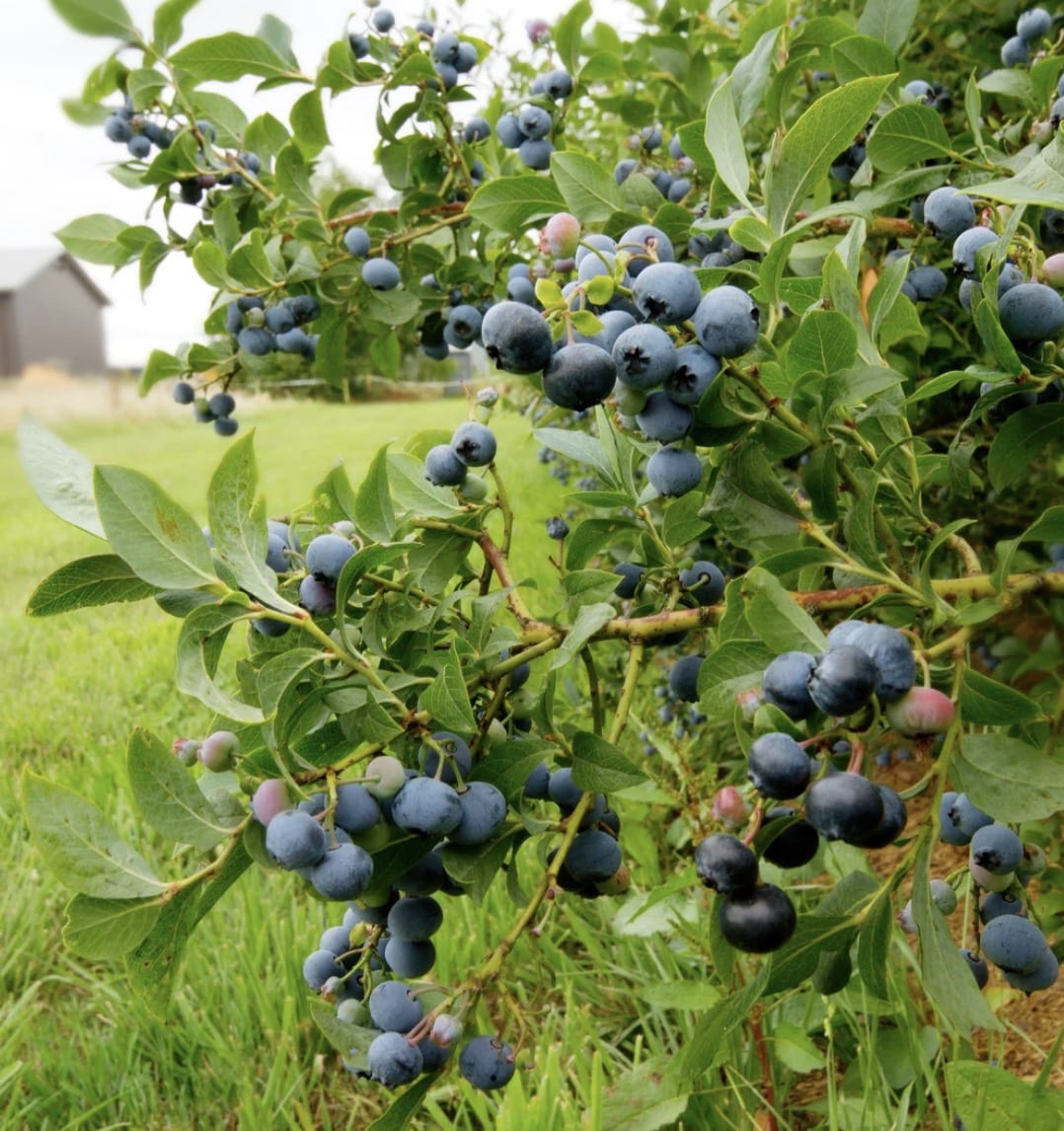
Blueberries might look dainty, but they can be quite hardy with the right care. A lot of it comes down to feeding and pruning.
Fertilizing
Using a specialized fertilizer for acid-loving plants will work wonders for growth. I personally apply a blueberry fertilizer once in early spring and again in late spring. This boosts growth and fruit production.
Mulching
Spread a thick layer of pine bark mulch or wood chips around the base of the plant. This helps retain moisture, keeps the soil acidic, and prevents weeds.
Pruning
Pruning is vital to ensure your plants keep producing loads of berries. I use pruning shears in late winter to remove any dead or spindly branches. Clearing out older canes gives new growth a chance to really thrive.
Protecting Against Birds
Birds love blueberries as much as we do. To prevent them from feasting on your crop, drape bird netting over your bushes just before the berries start to ripen.
Handling Diseases
Good air circulation and clean gardening practices go a long way in preventing disease. Be sure to remove any leaves that appear discolored or damaged, and keep your plants spaced properly for optimal airflow.
Propagating Your Blueberries: Multiply Your Plants
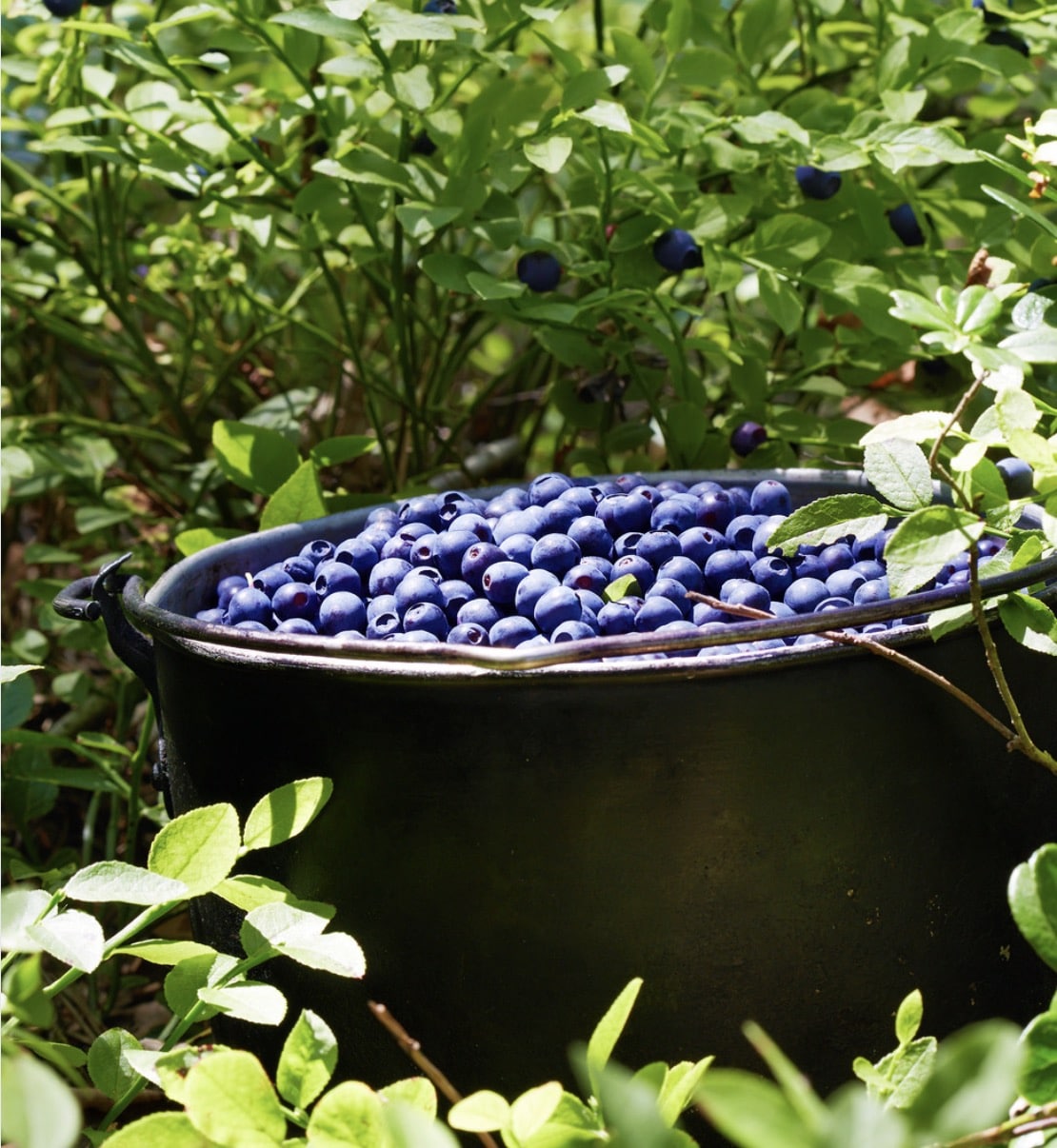
Why stop at one or two bushes when you can grow a whole patch of them? Blueberries are surprisingly easy to propagate via cuttings, so you can expand your harvest without continually buying new plants.
1. Taking Cuttings
Choose healthy branches from a mature plant in early spring. Cut 6-8 inch segments that have several leaf nodes. Strip the lower leaves away.
2. Using Rooting Hormone
Dip the cut end into a rooting hormone to speed up the development of new roots. This step is optional, but I’ve found it really helps.
3. Potting the Cuttings
Place them in a pot filled with equal parts peat moss and perlite. Water thoroughly but don’t let it get soggy. In about 8-12 weeks, you should see evidence of new growth, indicating that roots have formed.
4. Transplant
When the roots are well-established, transplant your new blueberry plants into containers or directly into your garden. Give them the same acidic soil and sunny spot, and they’ll continue to grow into robust fruit-bearing bushes.
This propagation process can be repeated year after year. Before you know it, you’ll have enough bushes to fill an entire backyard—or share with friends and neighbors.
Container Gardening: Perfect for Limited Spaces
Not everyone has a sprawling yard, and that’s totally okay. Blueberries adapt wonderfully to container gardening.
Choosing the Right Container
A sturdy pot that’s at least 18-24 inches wide and deep is a good starting point. Make sure there are drainage holes in the bottom.
Soil Mix
Go for a mix that caters to acid-loving plants, or create your own blend using peat moss, pine bark, and perlite. Containers let you perfectly control the acidity level, which is a huge plus for blueberry success.
Position and Care
Place the container in a sunny spot. Keep up with watering, as potted plants tend to dry out faster than those in the ground. A raised garden bed kit can also serve as a great “container” environment for blueberry plants.
Winter Protection
In colder climates, move containers into a garage or wrap them in burlap to protect the roots from freezing. Blueberries actually need some cold weather to produce fruit the following season, but you don’t want to expose them to extreme conditions.
I’ve had friends successfully grow blueberries on apartment balconies using this exact approach. As long as you give them enough light and the right soil, you’ll enjoy fresh berries no matter where you live.
Harvesting: Enjoy Your Fresh Berries Anytime
When the berries turn that deep, dusty blue color, test a couple to see if they pop right off the stem. If they do, they’re ready for a sweet snack. Sometimes the best quality is found a few days after they turn blue, so don’t rush.
Picking Technique
Gently roll the berry between your fingers. Ripe berries often drop into your hand with little effort. If a berry doesn’t come off easily, let it sit for a few more days.
Storage
Store fresh berries in the fridge for up to two weeks or freeze them on a baking tray before transferring to freezer bags. I also love making jam or jelly when I’ve got an abundant harvest—just grab some blueberry jam jars and you’re set.
Trust me, there’s nothing like seeing your freezer or pantry stocked with your very own blueberries. And it all starts with just a few simple steps.
Fun Facts about Blueberries
Here are a few interesting tidbits about blueberries that might surprise you:
- Blueberries are one of the few fruits native to North America. Early settlers and Indigenous people both treasured them for their flavor and healing properties.
- They can help maintain brain health. Antioxidants in blueberries have been studied for their potential to support cognitive function and memory.
- Freezing doesn’t ruin their nutritional benefits. Frozen blueberries still retain a high level of antioxidants and vitamins, making them perfect for smoothies year-round.
- They are considered a “superfood.” Packed with vitamins C and K, plus essential minerals, these tiny berries are nutritional powerhouses.
- They’re incredibly versatile. Beyond snacking, try adding them to salads, grilling them with chicken, or mixing them into homemade salsa for a fruity twist.
Bonus: Frequently Asked Questions
1. How long do blueberry bushes take to produce fruit?
Most bushes start producing a small amount of fruit in their second or third year, with full production hitting around the fourth or fifth year. Patience is key, but trust me, it’s worth the wait.
2. Can I grow blueberries indoors?
While they thrive best outdoors, it’s possible to grow them indoors in containers if you have a sunroom or a very bright window. Just ensure the soil remains acidic and you provide enough light. Remember, they do need some cold exposure for dormancy, depending on the variety.
3. How do I know if my soil is acidic enough?
Use a home test kit or send a sample to your local extension office. Aim for a pH between 4.5 and 5.5. If it’s too high, incorporate acidic amendments such as peat moss or sulfur.
4. Should I grow multiple blueberry bushes for better pollination?
Yes! Having more than one variety often increases pollination rates and yields. You’ll also get a more extended harvest window by mixing early, mid, and late-season varieties.
5. Can I prune my bushes too much?
Over-pruning can reduce fruit production, especially if you remove healthy, fruit-bearing canes. Focus on eliminating dead, diseased, or very old branches. A balanced approach keeps your plants productive and healthy.